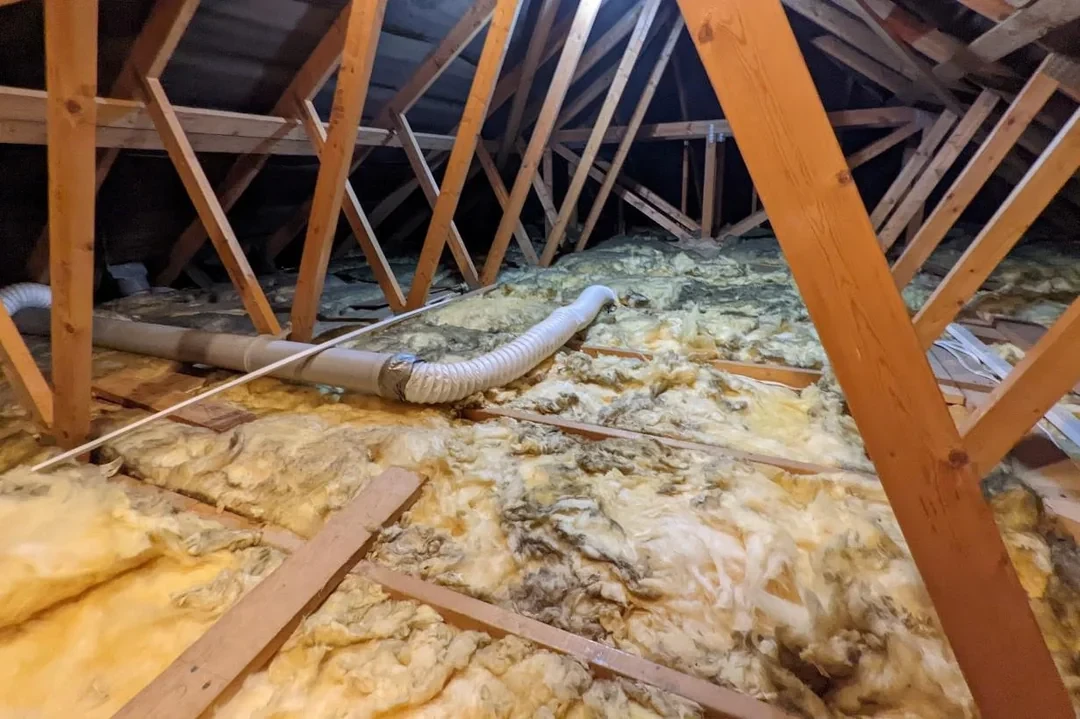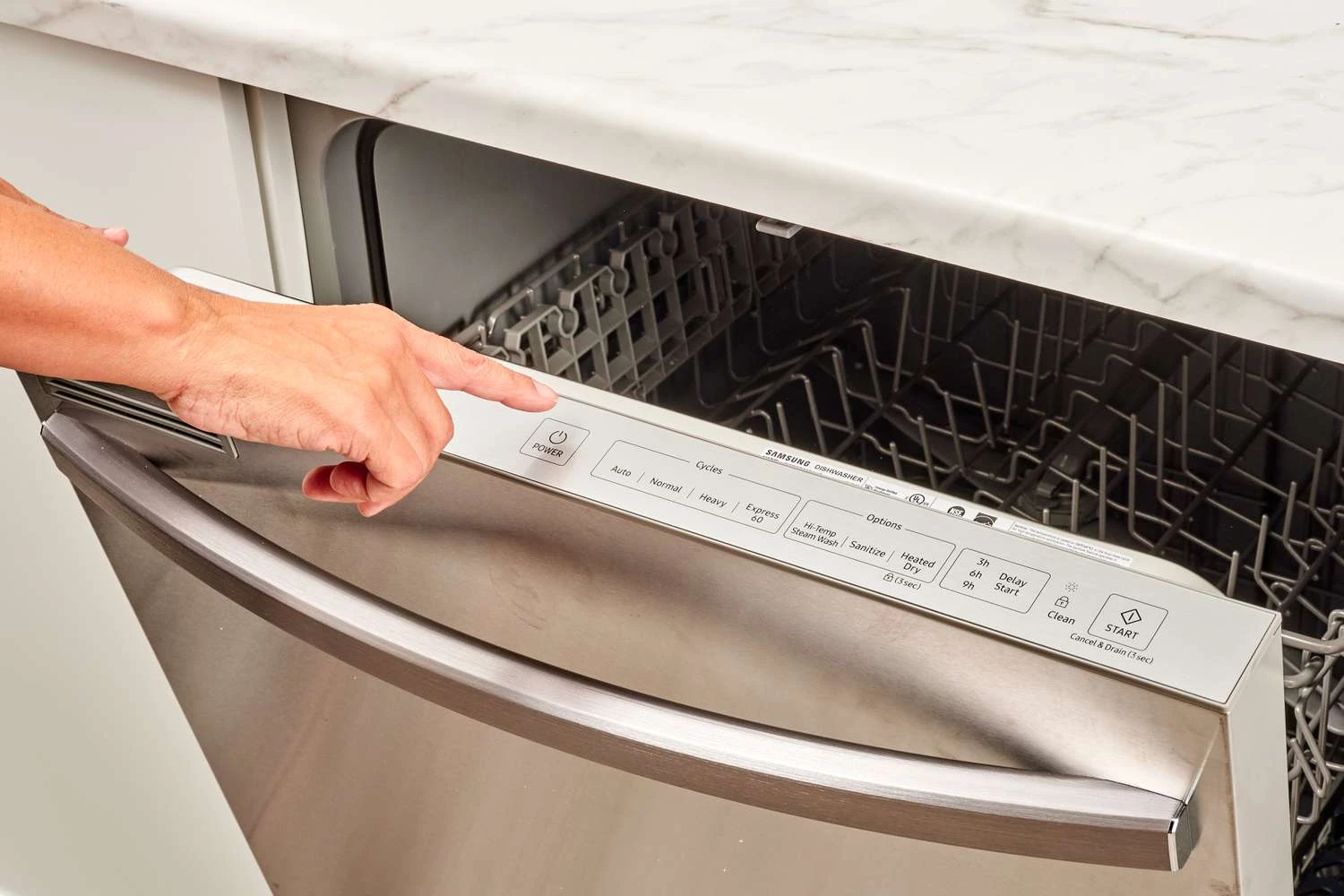27/05/2025
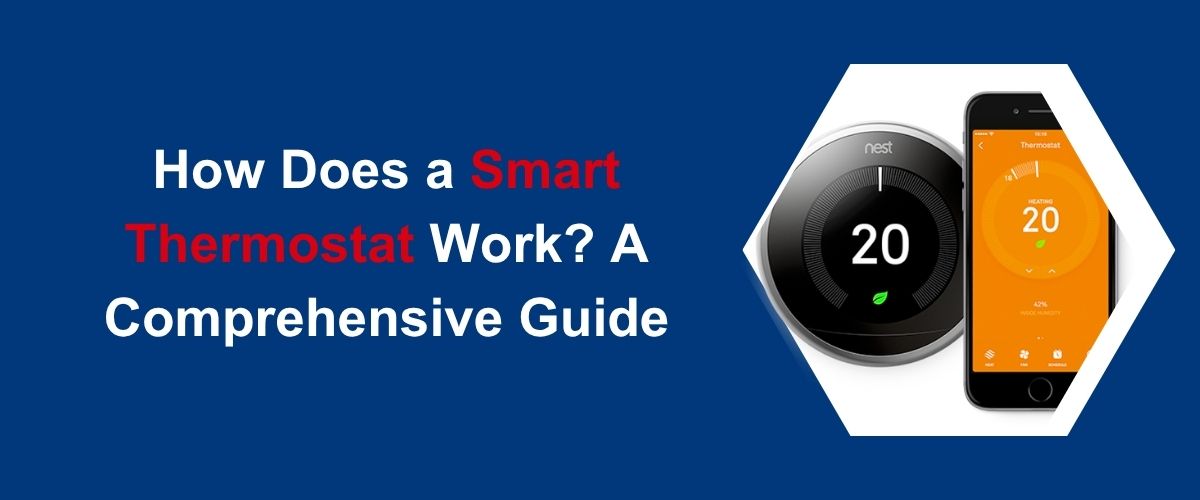
Introduction
Smart thermostats have changed the way homeowners manage their heating—giving you better control, increased comfort, and potential savings on energy bills. With energy prices remaining high and a growing focus on efficiency, it’s worth understanding how these intelligent devices work, and which ones are best suited for homes across the UK.
What Is a Smart Thermostat?
A smart thermostat is a digital, internet-connected device that lets you manage your heating through an app or voice control. Unlike traditional thermostats, they learn your habits, automatically adjust settings, and provide insights into your energy usage.
You can control them through your phone, even when you're away from home—ideal for busy homeowners and landlords alike.
How Do Smart Thermostats Work?

1. Wi-Fi Connectivity
Smart thermostats connect to your home's Wi-Fi, which lets you control the heating from anywhere using a smartphone or tablet. Many also allow integration with smart speakers for hands-free voice control.
2. Learning Behaviour
Advanced models use machine learning to study your heating preferences. For example, they might detect that you prefer a warmer home in the evening and cooler temperatures during the night—then automatically adjust your schedule.
3. Sensors and Geofencing
Smart thermostats are often fitted with motion and temperature sensors. Some also offer geofencing, which uses your phone’s location to tell when you’re leaving or approaching home—automatically switching the heating off or on to save energy.
4. Smart Home Integration
These thermostats can integrate with wider smart home ecosystems, including:
This means you can create routines (like turning on the heating when lights come on), or control everything through a single app or voice command.
Benefits of Smart Thermostats
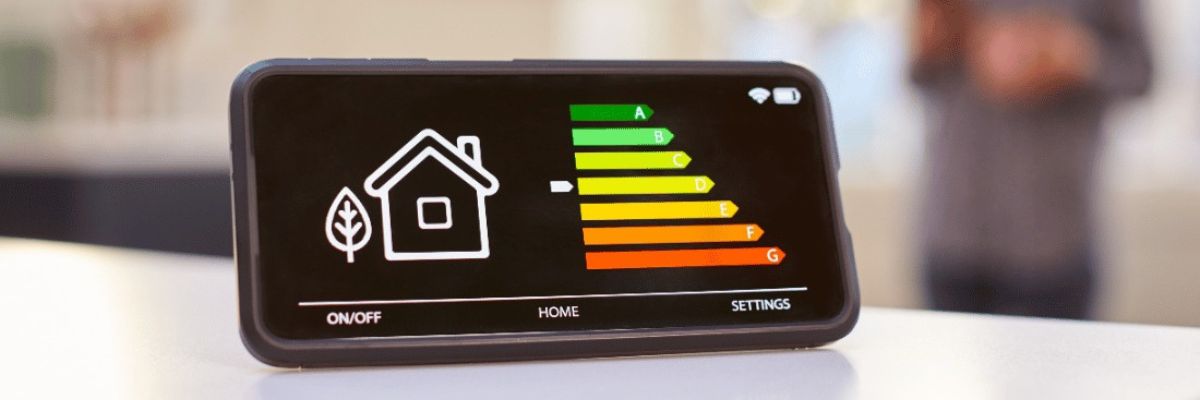
✅ Energy Efficiency
By automatically adjusting temperatures and avoiding unnecessary heating, smart thermostats can reduce energy use. According to the Energy Saving Trust, proper heating controls can help you save £75 to £155 a year.
✅ Remote Control
Control your heating from anywhere. Whether you're working late or away for the weekend, you can switch it off or set it to warm the house before you return.
✅ Greater Comfort
These devices keep your home at just the right temperature, adapting to your routine and minimising cold spots or overheating.
✅ Alerts and Reports
Some models offer maintenance reminders or notify you of issues (like a boiler fault), and provide energy usage reports so you can monitor consumption and make adjustments.
Top Smart Thermostats in the UK
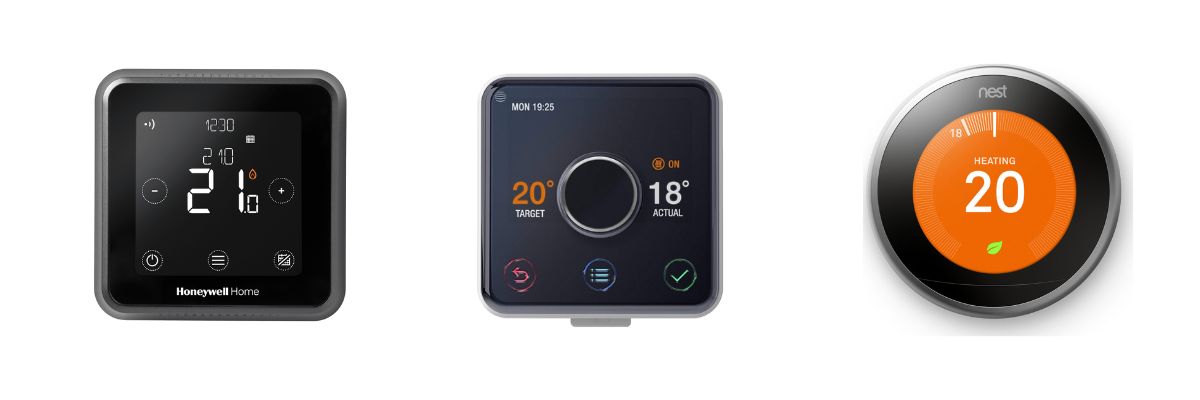
Here’s a breakdown of the most popular models available to UK homeowners—none of which are competitors, but rather product manufacturers or tech brands.
🏠 Drayton Wiser
Key features:
Works with Alexa and Google Assistant.
Offers room-by-room control with smart radiator thermostats.
Open window detection to prevent heat waste.
Why it suits UK homes: Affordable and easy to install, it’s great for semi-detached and detached properties needing zoned heating.
🏠 Honeywell Home Evohome
Key features:
Supports up to 12 heating zones.
Customisable schedules.
Works with Alexa and IFTTT.
Why it suits UK homes: Perfect for large homes or those with underfloor heating.
🏠 Hive Active Heating
Key features:
Designed by Centrica/Hive, a British brand.
Geolocation features that adjust heating when you leave or return.
Pairs with Hive smart plugs, bulbs, and cameras.
Why it suits UK homes: One of the most well-known UK smart thermostats with solid app support and integration with other smart home devices.
🏠 Google Nest Thermostat E
Key features:
Sleek, frosted display.
Learns your routine and adjusts automatically.
App control via Google Home.
Why it suits UK homes: Good balance of features and price, especially for smaller households or flats.
Things to Consider Before Buying
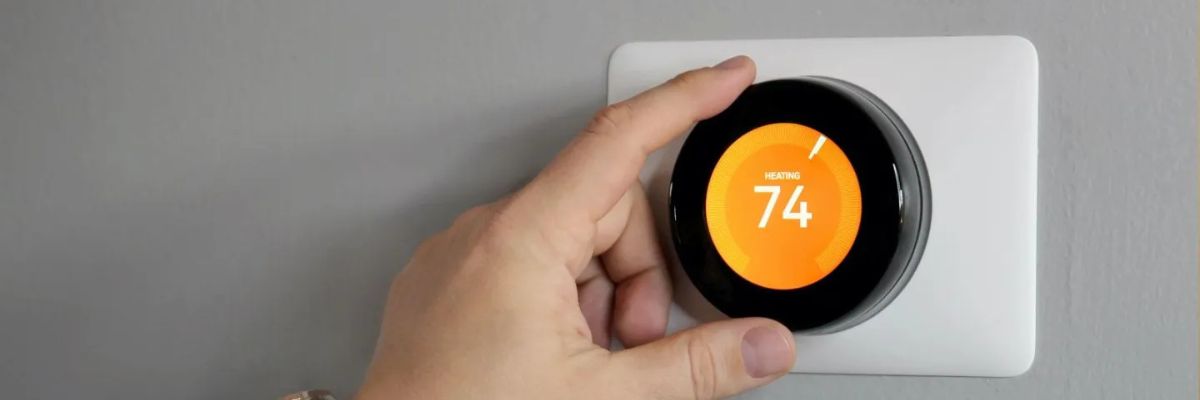
🔧 Heating System Compatibility
Not all smart thermostats work with every system. Some only work with combi boilers, while others support conventional boilers with hot water tanks, zoned heating, or underfloor heating. Always check compatibility, or get a professional opinion.
👨🔧 Installation
Some models are easy to install yourself (like Nest Thermostat E), while others may require a qualified heating engineer. It's important to install them correctly to avoid interfering with your system or invalidating any warranties.
📱 App Functionality
Make sure the app is user-friendly and compatible with your phone. Look for:
Simple scheduling
Clear energy use breakdowns
Fast connection
💷 Upfront Cost vs Long-Term Saving
Smart thermostats typically cost between £100–£300, with some extra for radiator valves or professional installation. However, they can pay for themselves over time through energy savings and reduced heating bills.
Do Smart Thermostats Really Save Money?
Yes, if used properly. Key ways to save:
Avoid heating empty rooms or times when you're not home.
Use geofencing and schedules.
Monitor your energy use and adjust as needed.
Energy efficiency also contributes to lowering your carbon footprint, making your home greener as well as cheaper to run.
Summary
Smart thermostats offer a simple yet powerful upgrade to your home’s heating. Whether you’re a homeowner looking for comfort and savings, or a landlord wanting to manage energy use across properties, smart thermostats offer convenience and control.
Want Expert Advice?
At Kesselmann, we are smart thermostat installers and advise on a wide range of heating controls. We’ll help you find a system that fits your home, lifestyle, and budget—ensuring you get the full benefit of your investment.

